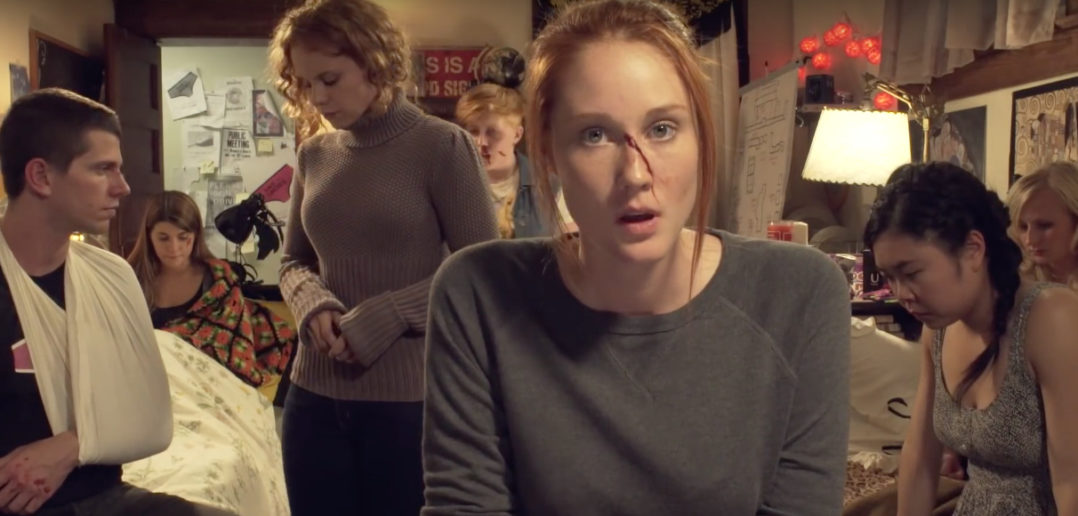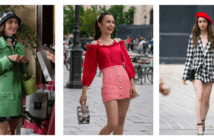Within the last few years, we’ve seen the way the TV industry has evolved creating a state of bedlam in the advertising industry. The ensuing conundrum of how you reach consumers when none of them is even remotely interested in watching your commercials has certainly made a few ad executives reevaluate their career choices. But it has also given rise to perhaps the most creative thinking our industry has witnessed in decades.
For 70 years, the primary method to increase brand awareness and drive brand conversion to sell more products has been the 30-second TV spot. But with ad-blocking and ad-skipping becoming the norm, no one (or at least anyone with a mobile phone or Netflix) is watching your brand’s ad. This lack of eyeballs has given rise to other, more stealthy methods of getting brands in front of consumers. Enter the misunderstood concept of “branded content.”
When asked, most people would say branded content is created when the brand is placed within the content, but this is a shapeless definition. If we followed that direction, we’d simply be putting a brand over a shallow narrative in a single, stand-alone piece of content. Where’s the story, characters, intrigue, suspense, romance, danger, comedy, etc.? And what happens if the viewer likes a piece of content and there’s no more to watch, share or champion?
In the years I’ve spent studying and tracking consumers’ responses to brands and content — and especially millennial consumers — I’ve repeatedly seen that this audience is extremely savvy. They are well aware of when they are being “sold to” and placing a brand prominently, or even not-so-obviously, within the content doesn’t fool anyone. In fact it only turns them off, and quickly (skipping to a new piece of content is so easy!). They know before they have even seen the product if they are watching a commercial (skip) or watching a show (engage).
More than ever, consumers want to be entertained and they want brands to educate or entertain them. No one tweets in anticipation of the next commercial, but they repeatedly do in anticipation of the next episode of a show. Commercials are to tell the audience what your product does. Done correctly, branded entertainment tells your audience what your brand stands for. When we made Carmilla (top photo) for U by Kotex, we didn’t look to make a show about feminine hygiene products. We saw a bold, empowered, quirky brand and made them a bold, empowered, quirky scripted series. Enter the lesbian vampire show Carmilla, which has three seasons on YouTube channel KindaTV, with 69+ million views and episodes translated into more than 20 languages. In fact the series has taken on a life of its own and is currently being transformed into a feature-length film at the request of its enthusiastic supporters.
If you’re still a little unsure about whether or not your “branded entertainment” is really just an ad, here are a few guidelines:
- If your content is about your product and your product features — for example a car video where the car is still front and center and includes beauty shots of the car inside and out — it’s NOT branded entertainment, it’s an ad.
- Using new tech or platform to show your ad still means it’s an ad.
- Just because you have a movie or TV celebrity in your content — does NOT make it branded entertainment. It’s still an ad if that celebrity is talking about the brand or holding/driving/eating/drinking the product.
- If your content includes your logo in the first 30 seconds — it’s NOT branded entertainment, it’s an ad.
All these guidelines and definitions may help, but seeing is believing. Here are some other examples of branded content that are effectively winning over fans while also communicating each brand’s values to consumers.
Upstanders – Starbucks: Starbucks represents the quintessential Explorer brand and makes a strong case through storytelling of American’s perseverance and resilience even in the face of extreme adversity. Ordinary people can create extraordinary impact on our society. Follow this with the announcement to hire 10,000 refugees shows the strength of this brand to deliver on this story.
Margot vs. Lilly – Nike: It starts with a competition which is central to the world of sports and Nike but instead of an athletic challenge, it’s a challenge to change behaviour. Its the story of two sisters who think the other is missing an opportunity to grow. In one case to grow a group of “real” friends and the other to get in shape. Its a nice way to show to Millennial women that Nike is a life-style brand.
In a world where subscriptions to broadband-delivered (OTT) services will soon exceed traditional video or linear subscriptions, we are now arriving at the inflection point and advertisers who once experimented with new ways of getting their messages to consumers are now realising its time to move into this next phase…and quickly. True branded entertainment may not only be the saving grace the advertising industry has been searching for, it could also be the way advertisers connect with consumers on a more substantive level than ever before.




